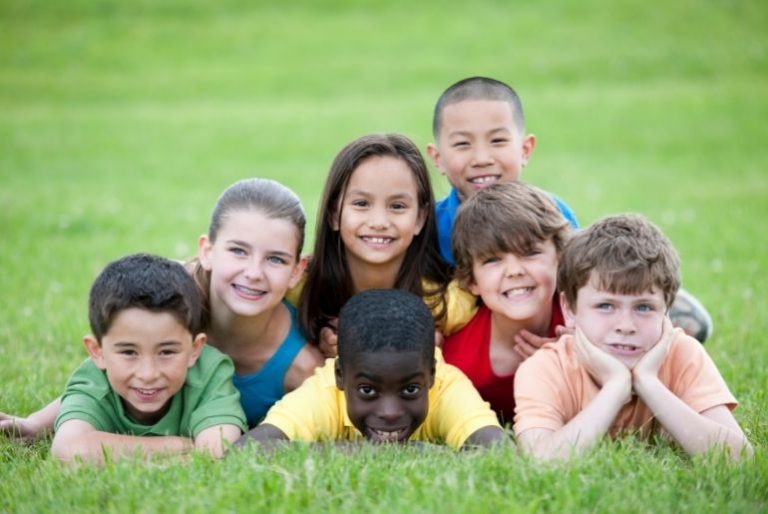This article explains what whooping cough is and how it could affect your child. There’s some great advice on the signs and symptoms, treatments, and how to help a child with whooping cough.
What is Whooping Cough?
Whooping cough is a serious illness, especially in babies. It may leave an infant or child struggling for air and even turning blue or purple, through lack of oxygen.
Whooping cough is distinguished through the pronounced `whoop’ that children make as they struggle for breath during a coughing fit. It is also called pertussis and is caused by the Bordetella pertussis bacterium. The bacteria cause inflammation throughout the respiratory system, which in turn produces thick mucus that blocks airways.
While whooping cough can affect all age groups including adults, it is most common in children under two and more serious in babies under one. Treatment may require hospitalisation, especially in babies and younger children.
In its early stages whooping cough can resemble a normal cold. By the second week the child is having coughing spells at night which progress to whooping or even vomiting.
The incubation period (from first exposure to the bacteria to when the symptoms begin) is 5 –14 days. Whooping cough is very contagious. If a person in your household has it, and you did not get the vaccine, you have up to a 90% chance of catching it.
Because it’s so contagious, New Zealand has seen several epidemics, which tend to occur every 4 – 5 years.
Whooping cough spreads through coughing and sneezing. The contagious period is from 7 days after exposure to the bacterium until a month from when the coughing spasms first start. Whooping cough can last for 6 weeks and may take up to 2 – 3 months for the symptoms to disappear.
New Zealand now vaccinates against this illness (the DTaP-IPV Diphtheria-Tetanus-Pertussis-Polio vaccine) at 6 weeks, 3 months, 5 months, 15 months, and again at 4 years. Check the Immunisation Schedule for possible vaccine side effects. If a child contracts whooping cough following vaccination it is likely to be a milder form of the disease.
What are the signs and symptoms of whooping cough?
- Cold-like symptoms initially – running nose, cough, fever, sore eyes
- A cough that worsens and progresses to coughing spasms
- Distinct whooping sounds as the child coughs and tries to breathe
- Persistent coughing can cause short spells of not breathing
- The child may turn blue trying to get oxygen after a coughing spell
- Your child may vomit due to gagging on mucus
- The child may be unable to sleep due to coughing and can become exhausted
What does whooping cough sound like?
Please note that this video shows the classic ‘whoop’ sound made by a child with whooping cough. Other children, and especially infants, may not make this sound. If your child has a persistent cough, and finds it difficult to breath between coughing fits, don’t muck around, get them checked immediately:
Source: buoyracergmail
What is the treatment for whooping cough?
Take your child to the doctor promptly. Throat swabs, blood tests and x-rays may be done.
- Antibiotics are given: depending on your child’s age and the severity this may mean hospitalisation and intravenous antibiotics (given directly into the vein)
- Antibiotics can help lessen the severity of the cough, but need to be administered early in the disease process
- Always complete the full course of antibiotics
- Your child may require oxygen therapy in hospital
- If dehydrated or unable to feed, the child may require intravenous fluid therapy
- Nursing staff may use a suction machine to help remove mucus from the airways
- If there are other children in the house, they may be given preventative doses of antibiotics
Risks & complications of whooping cough
The risk of severe complications is greatest for children aged less than 6 months.
- Severe bouts of coughing can damage the lungs and make them susceptible to future lung infections
- Otitis Media (middle ear infection)
- Hernias from the pressure of coughing
- Exhaustion
- Dehydration due to vomiting and being unable to feed
- Seizures, which at worst can cause brain damage
- Pneumonia
- Whooping cough can be a fatal disease
What can I do to help my child with whooping cough?
- If you suspect whooping cough – the earlier you see the doctor and your child starts antibiotics the better
- Lean your child forward on your lap when coughing
- Use a humidifier to moisten the air – or sit with the child in a steamy bathroom
- Give plenty of fluids
- Dress your child in cool cotton clothes and tepid sponge them if they are feverish
- Give small, light meals to reduce the risk of vomiting
- Avoid smoky atmospheres
- Keep your child calm, as excitement or exertion can trigger a coughing spell
- Experts suggest sleeping in the same room as your child to help them not feel afraid
- Keep your children away from others until the antibiotic course is completed
To read more about immunisation, check out Where to go, it gives you information on how to obtain immunisation for your child. Informed Choice discusses the advantages and disadvantages of immunisation. Immunisation Schedule explains the procedure and how you can help your child.
Check our our Illnesses section for more childhood health issues.






Good article, also adults can get vaccinated against whooping cough, usually just a booster dose for them. Many grandparents choose to do this as the disease in an adult can be mild but can still be carried to those most vulnerable, their grandchildren!